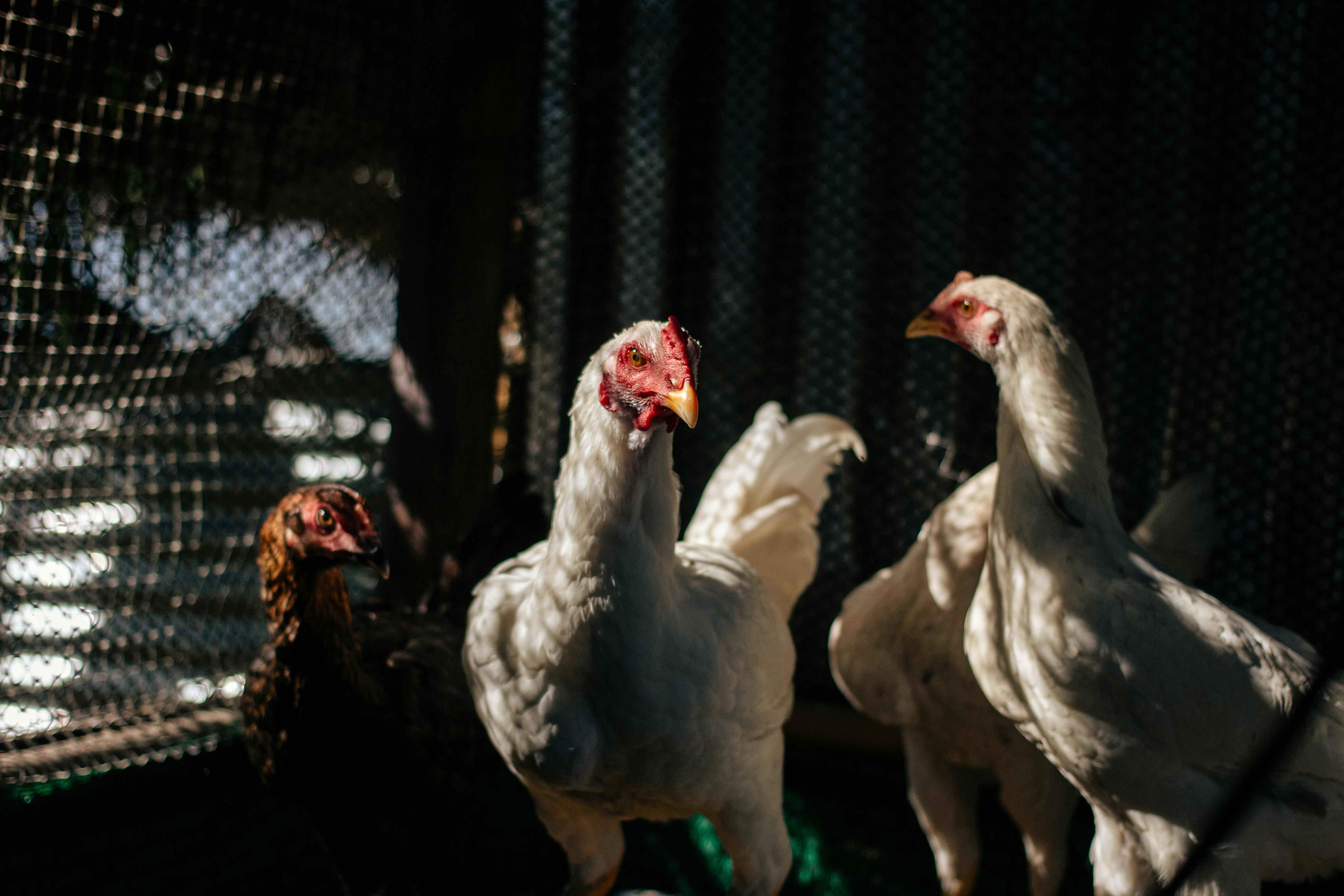Ensuring Adequate Ventilation for Birds: Tips and Strategies

Ensuring Adequate Ventilation for birds: Tips and Strategies
Keeping pet birds healthy and happy requires more than just a spacious cage and a balanced diet. One of the most crucial, yet often overlooked aspects of avian care is ensuring proper ventilation. Good airflow is essential for maintaining a clean and safe environment for your feathered friends. This blog post explores various techniques and considerations for optimizing air quality for birds in captivity.
Understanding the Importance of Ventilation
Birds are highly sensitive to air quality due to their unique respiratory systems. Poor ventilation can lead to the accumulation of dust, dander, and other airborne contaminants that can cause serious health problems, including respiratory infections and even chronic conditions. Adequate ventilation helps to circulate fresh air and remove pollutants, enhancing your bird's quality of life.
Choosing the Right Location for the Cage
The first step in ensuring good ventilation for your bird is choosing the right location for its cage. Avoid placing the cage in drafty areas or directly under air conditioning vents, as sudden temperature changes can be harmful. Instead, select a location with a steady flow of natural air, but protected from direct sunlight and harsh weather.
Strategic Positioning in the Room
Positioning the cage in a room with adequate air circulation is crucial. A room with windows that can be opened periodically will help provide fresh air, although it's vital to ensure that windows have secure screens to prevent your bird from escaping.
Maintaining Ideal Humidity Levels
While ensuring continuous airflow, it's also important to maintain proper humidity levels. Birds thrive in environments that are neither too dry nor overly humid. An ambient humidity level between 40% and 70% is generally suitable. Using a humidifier or dehumidifier can help maintain these levels, particularly in extreme weather conditions.
Regular Cleaning and Air Filtration
Regular cleaning of the cage and accessories is vital for preventing the build-up of dust and allergens. Weekly deep cleaning, coupled with daily removal of waste and food debris, will significantly improve the cage's air quality. In addition, using an air purifier with a HEPA filter near the cage can help capture fine particles and allergens, thereby improving the overall air quality and ensuring your bird breathes easier.
Ventilation Systems for Aviaries
For those keeping birds in larger aviaries, especially indoor setups, integrating an effective ventilation system is key. Options range from simple exhaust fans to more sophisticated air exchange systems that completely renew the enclosure’s air several times per hour. Consulting with an avian veterinarian or a cage manufacturer can provide tailored advice depending on the size of the aviary and the number of birds housed.
Avoiding Potential Hazards
Ultimately, when improving ventilation, it’s crucial to avoid potential hazards. Protect birds from exposure to chemical fumes from cleaning agents and Teflon-coated cookware, both of which can release fumes that are toxic to birds. Ensure any air fresheners or scented products used in the home are safe for avian species.
Conclusion
Ensuring adequate ventilation for your pet bird is not just about providing fresh air; it's about creating a healthy environment that prevents disease and promotes wellbeing. By understanding and implementing these strategies, bird owners can significantly enhance their pets' quality of life.